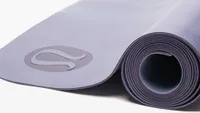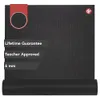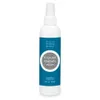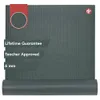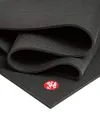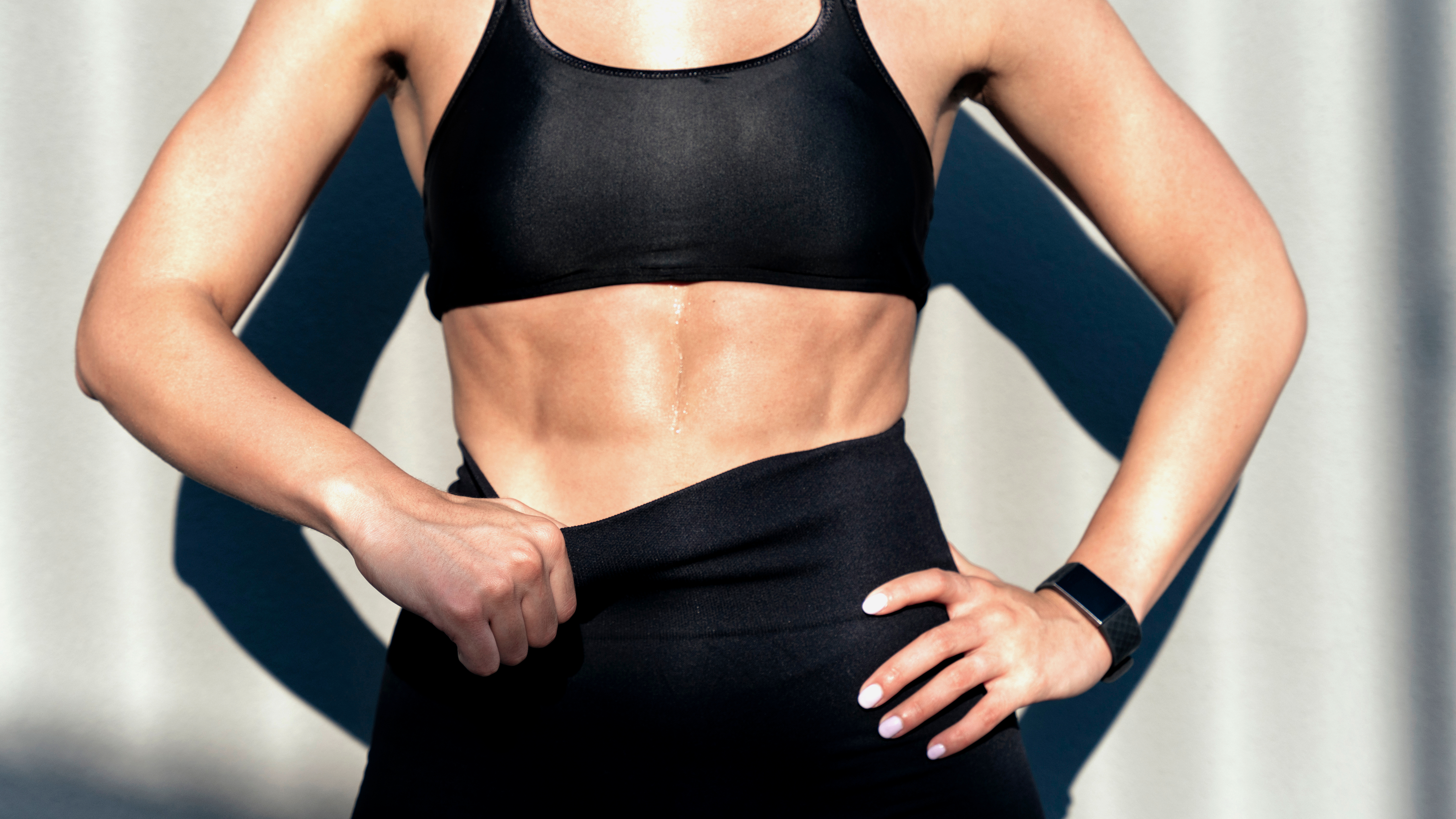
Have you used the terms “abs” and “core” interchangeably or heard them referred to as the same thing? We're here to explain the difference if the terminology feels confusing.
“Abs” refers to the rectus abdominis muscles that run down the front of your stomach and create the six-pack look we’ve come to associate with strength and athleticism. Your core, on the other hand, refers to a collective group of muscles, including the abs, that form around the torso and promote function, stability and movement.
If you’re unsure what the difference is, or what the abs or rest of your core muscles do, here’s everything you need to know and why they matter.
Abs vs core: What’s the difference?
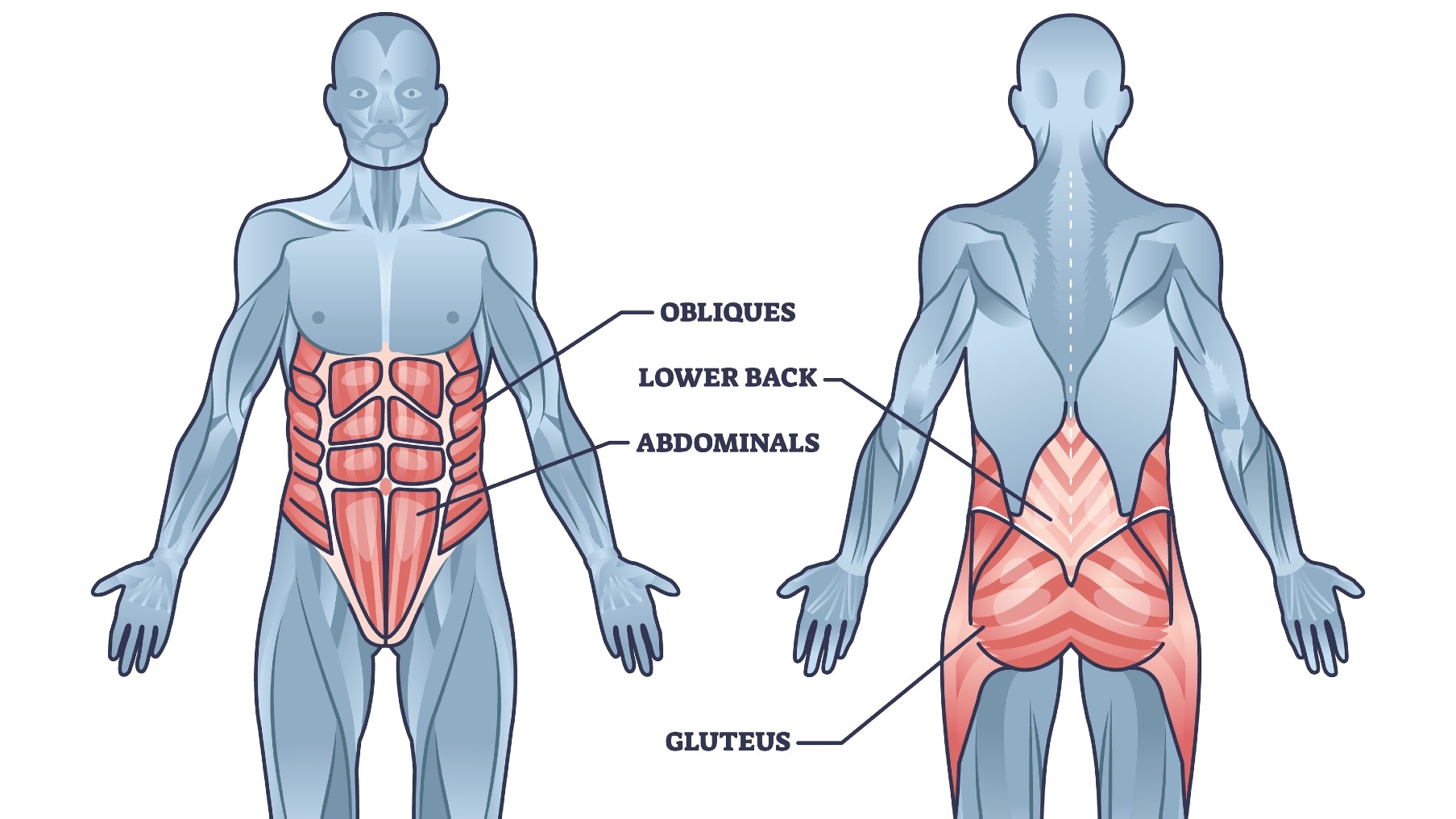
Everyone has abs, but whether or not you can see them is a different story and doesn’t necessarily determine how fit you are. The rectus abdominal muscles run along the front of the stomach, extending from the ribcage to the pelvis and accounting for movement in this region, including flexion of the spine (bending forward). Think of sit-ups and crunches as examples of engaging the upper, middle and lower abs.
Sadly, many people associate how defined your abs are with a show of athleticism, strength and good health. Although building strong abs comes with plenty of benefits, including better movement quality, stability and muscle endurance, how well you can see your abs results from building muscle and having a low body fat percentage. The less fat you have around your midsection, the more these muscles will show.
And just because you have well-defined abs, this isn’t a sole indicator of your fitness abilities (read: hypertrophy vs strength training). Your core muscles collectively include four main abdominal muscle groups and engage through three different planes of motion, which is why moving in all directions during workouts is crucial to strengthening these muscles equally and becoming a fitter, stronger athlete or lifter. These include:
Lululemon The Mat @ Lululemon
5mm of thickness and superb grip make this a staple in yoga mat line-ups. This particular mat won our Tom's Guide Awards for best yoga mat.
- Rectus abdominis: superficial muscles that run down the front of the stomach and form the six-pack, aiding bending or front flexion
- Transversus abdominis: a deep belt of core muscle that wraps the torso and acts as a main stabilizer of the trunk and supports the spine, pelvis and internal organs
- External obliques: a superficial layer of muscle running down the waist from ribcage to inner hip and responsible for rotation and lateral flexion and extension
- Internal obliques: a deeper layer of core muscle that stacks beneath the external obliques and supports the same planes of movement while providing extra stability.
Your hip flexors — muscles that run down the fronts of your hips — glutes, pelvic floor and diaphragm are also considered core muscles, along with the erector spinae muscles that hug and support the spine and aid your back to straighten and rotate, and the multifidus — deep back muscles that also help stabilize the spine. The deepest abdominal muscle is the quadratus lumborum in the lower back, which helps stabilize the pelvis.
Get instant access to breaking news, the hottest reviews, great deals and helpful tips.
Minor core muscles even include the latissimus dorsi and trapezius muscles located in your back. The core muscles are famously referred to as a corset responsible for support, stability, posture and maintaining intra-abdominal pressure by wrapping the torso and extending from the ribcage to the pelvis and lower back.
Maintaining a strong core actively provides a strong foundation for all movement, including running, daily tasks, weightlifting and dancing. Every motion you make is powered by this central team of midsection muscles. Without your core, you’d struggle to bend, extend, turn, sit and stand effectively, and you're much more prone to overstrain, overcompensation elsewhere and injury.
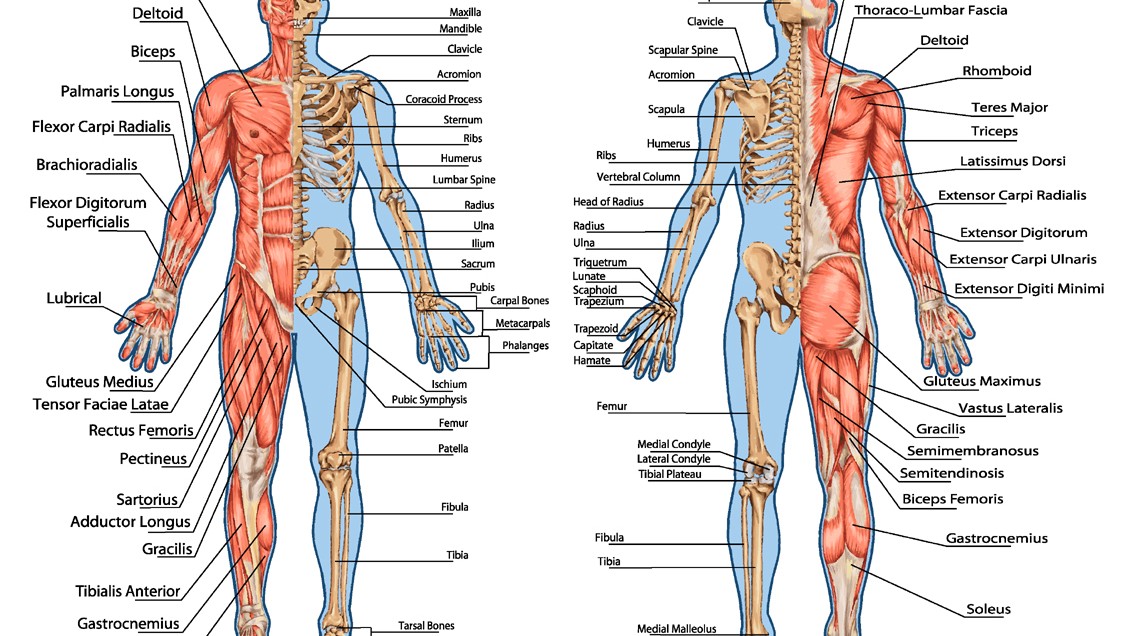
How to tighten your core muscles
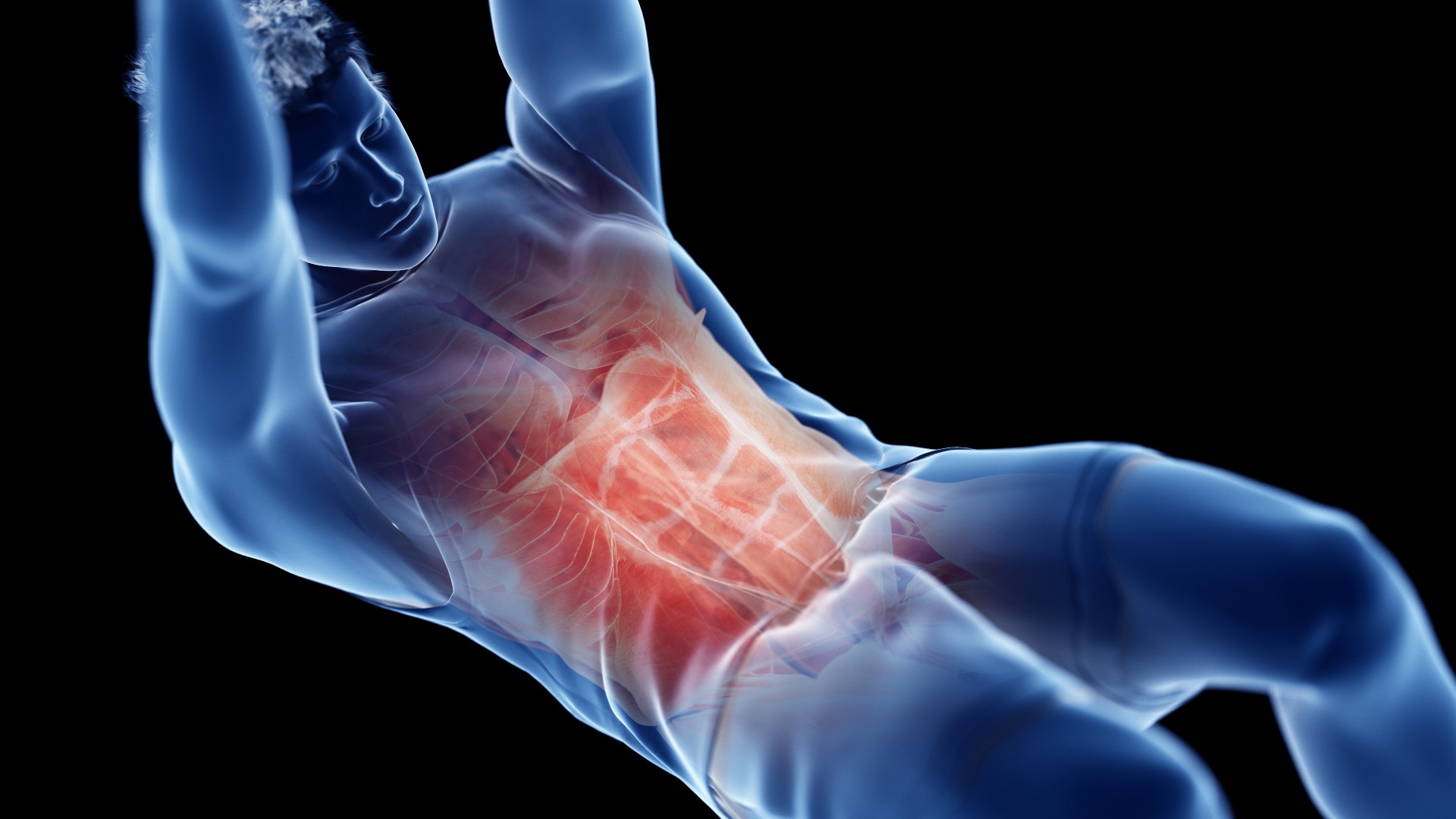
Weak or underdeveloped muscles can cause lower back pain, injury and strain and negatively impact your posture. “Tightening” your core is misleading — what we really mean is building and strengthening these muscles, and the stronger they are, the more balance, stability, coordination and support your trunk will have.
And remember, you can still have a very strong core without actually seeing muscle definition. Think of functional core strength as a security guard for your body, keeping you safe and healthy.
There are plenty of ways to build a strong core and strengthen your trunk, including targeting your pelvic floor with pelvic floor exercises and working the hips, glutes and back muscles, along with your stomach. Resistance training, weightlifting and the best core workouts are popular ways to target the various core muscles, ensuring you work in all planes of motion including rotation, lateral movement and forward and backward motions.
More from Tom's Guide
- Drop the weights — this 5-minute calisthenics workout will strengthen your core in 4 moves
- You only need 3 moves, 1 resistance band and 15 minutes to stretch your muscles and strengthen your upper body
- Forget sit-ups — this 15-minute workout can sculpt your core with just 6 moves
Lululemon The Mat @ Lululemon
5mm of thickness and plenty of grip make this a staple in yoga mat line-ups. This particular mat even won our Tom's Guide Awards for best yoga mat.

Sam Hopes is a level 3 qualified trainer, a level 2 Reiki practitioner and fitness editor at Tom's Guide. She is also currently undertaking her Yoga For Athletes training course.
Sam has written for various fitness brands and websites over the years and has experience across brands at Future, such as Live Science, Fit&Well, Coach, and T3.
Having coached at fitness studios like F45 and Virgin Active and personal trained, Sam now primarily teaches outdoor bootcamps, bodyweight, calisthenics and kettlebells.
She also coaches mobility and flexibility classes several times a week and believes that true strength comes from a holistic approach to training your body.
Sam has completed two mixed doubles Hyrox competitions in London and the Netherlands and finished her first doubles attempt in 1:11.
